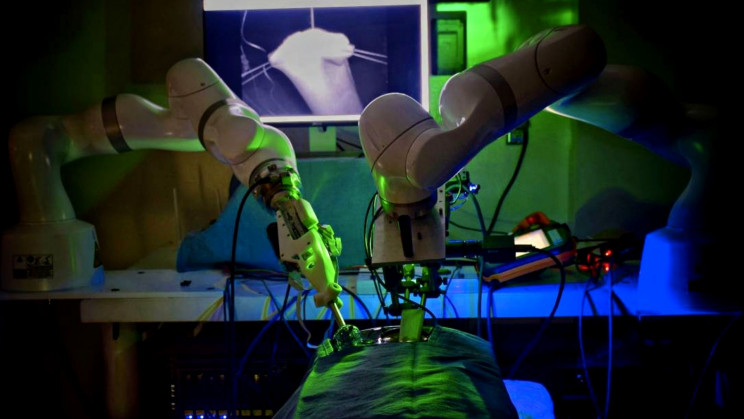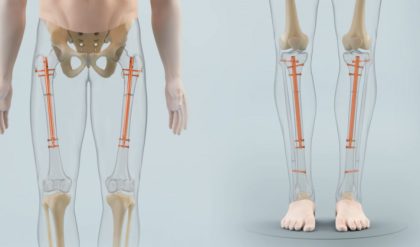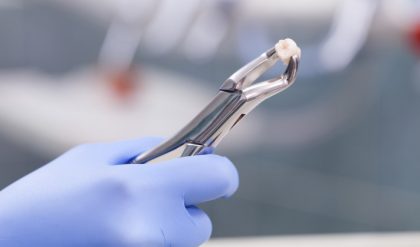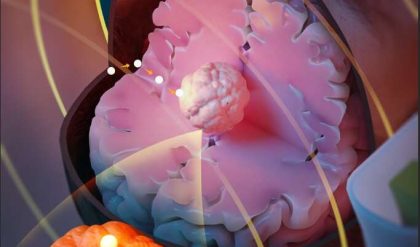
Would you be willing to lie under the scalpel of a robot operating without the guiding hand of a human? You might want to start contemplating your answer to this question, as robots that perform delicate and sophisticated surgeries are quickly moving from the pages of science fiction books to our everyday lives.
A team of researchers from Johns Hopkins University got a robot to successfully perform keyhole surgery on pigs on its own. Furthermore, they claim that the robot surgeon’s results were “substantially better” than those of humans.
The STAR of the operation theater
Designed by the Johns Hopkins University researchers, the Smart Tissue Autonomous Robot, or STAR, performed laparoscopic surgery to join two ends of an intestine in four pigs. This is an incredibly difficult procedure that requires a high level of accuracy and repetitive motions while suturing, which the robot excelled at, according to a paper published in Science Robotics. Even the smallest tremor or missing stitch could cause a leak, which would have disastrous consequences for the patients.
Our findings show that we can automate one of the most intricate and delicate tasks in surgery: the reconnection of two ends of an intestine. The STAR performed the procedure in four animals and it produced significantly better results than humans performing the same procedure.
The STAR is a vision-guided system built primarily for suturing soft tissue, which is particularly difficult for robots due to its unpredictability. And it’s not completely new, as the current edition improves on a 2016 version that repaired a pig’s intestines which needed a large incision to operate and more guidance from human operators.
To take that system to the next level, Johns Hopkins researchers outfitted the robot with additional features like specialized suturing tools and cutting-edge imaging technologies. This increased autonomy and surgical accuracy. Also, the robot is guided by a three-dimensional endoscope based on structural light and a machine learning-based tracking algorithm, and its novel control system can adjust the surgical plan in real-time, like a human surgeon.
“What makes the STAR special is that it is the first robotic system to plan, adapt, and execute a surgical plan in soft tissue with minimal human intervention,”
The scientists did not go into depth about the robot’s future goals or when it may be utilized to conduct surgery on people; however, this is another perfect example of the art of robot-assisted surgeries slowly but steadily progressing, allowing surgeons to improve their expertise in the operating room more and more each day.





